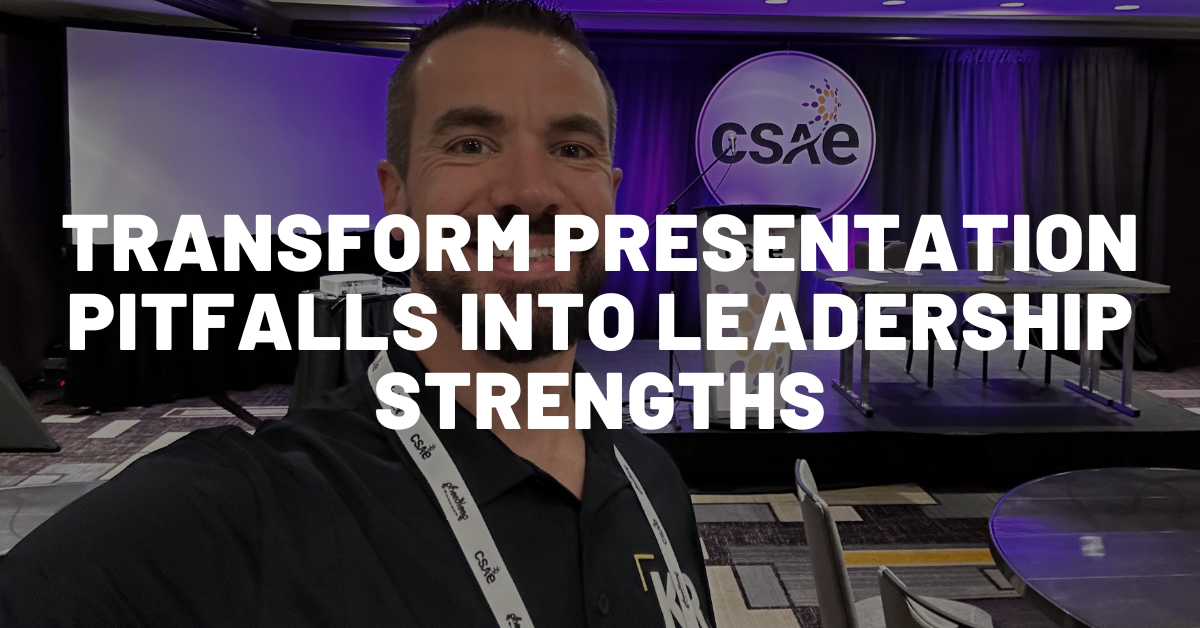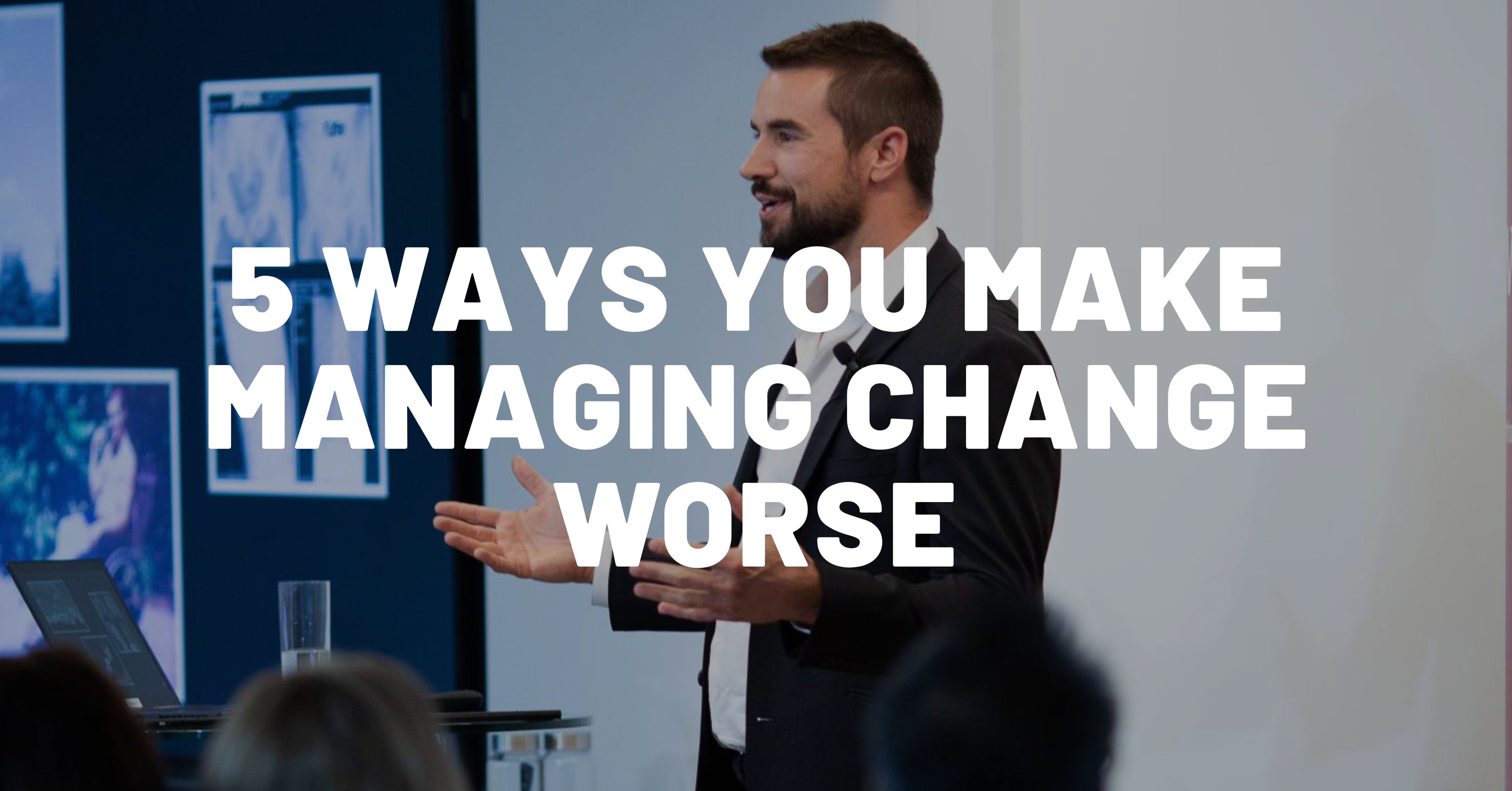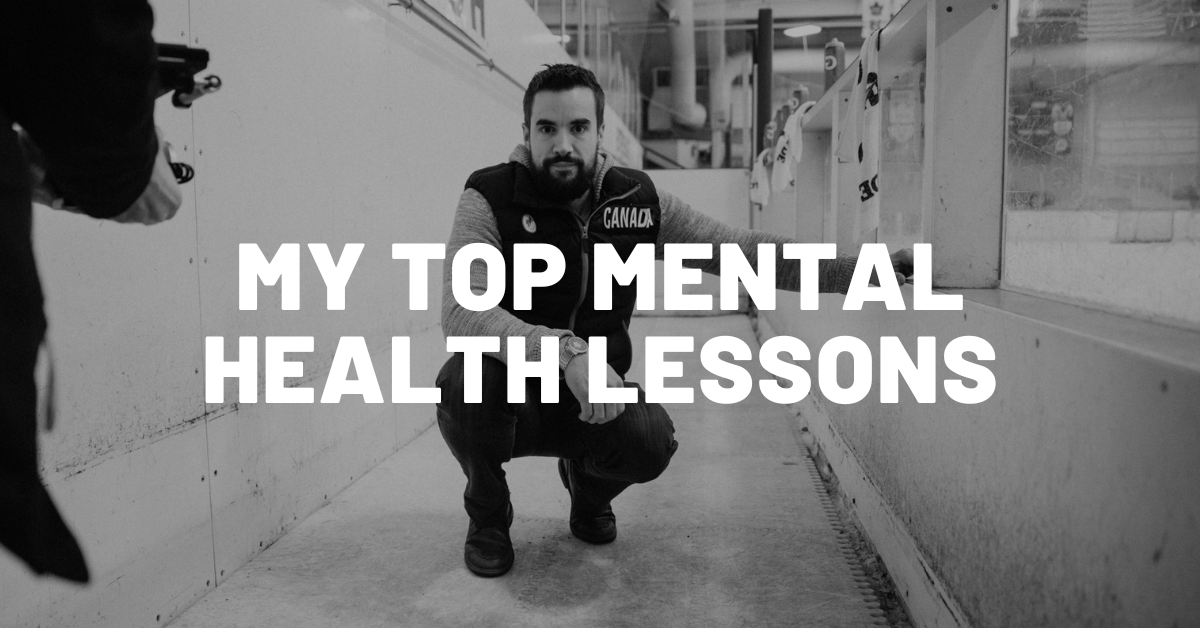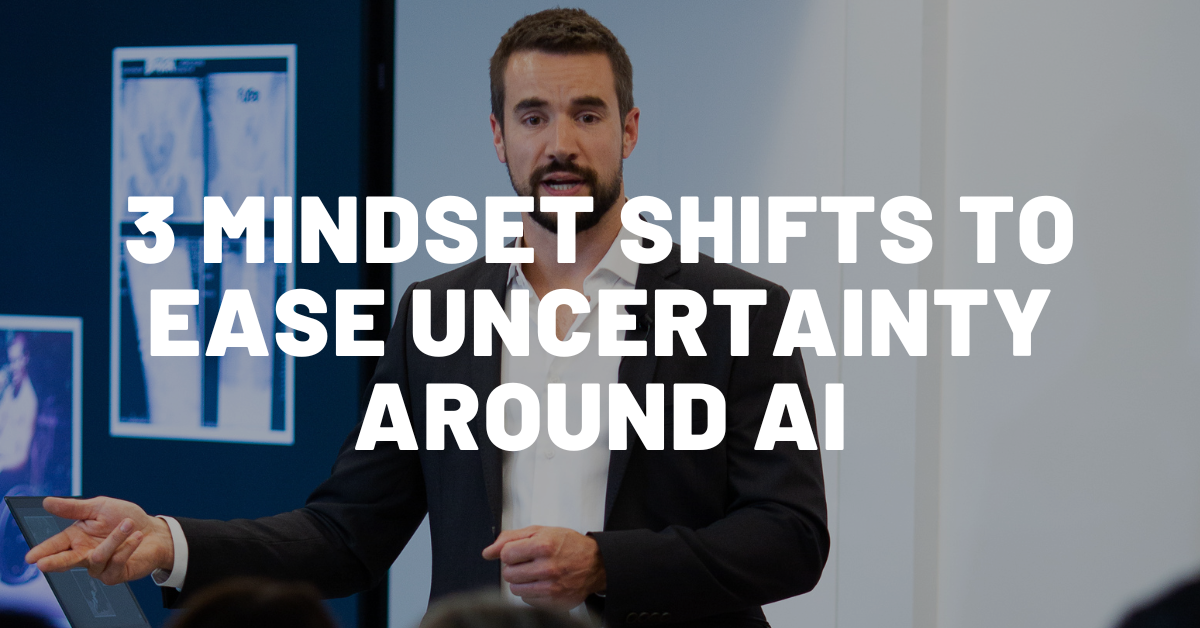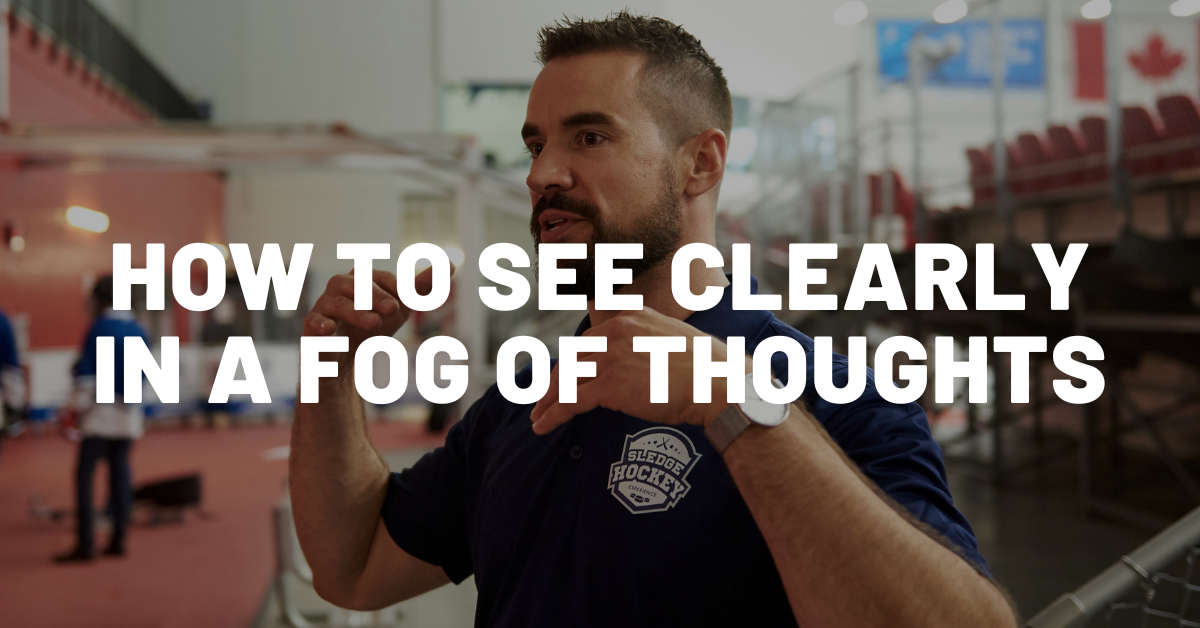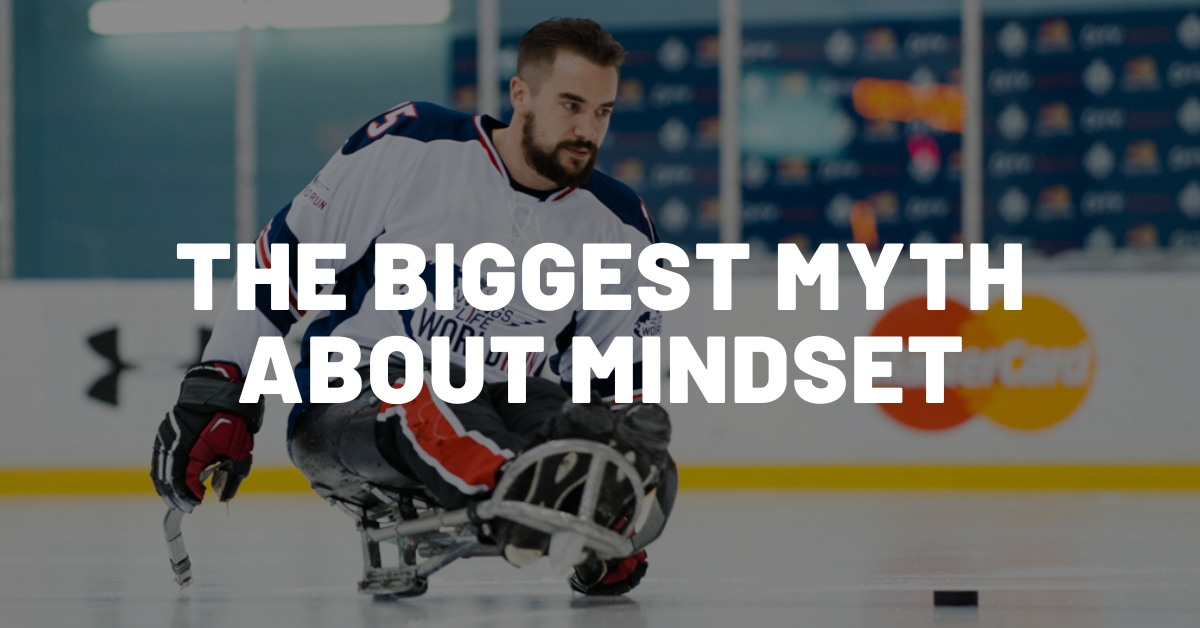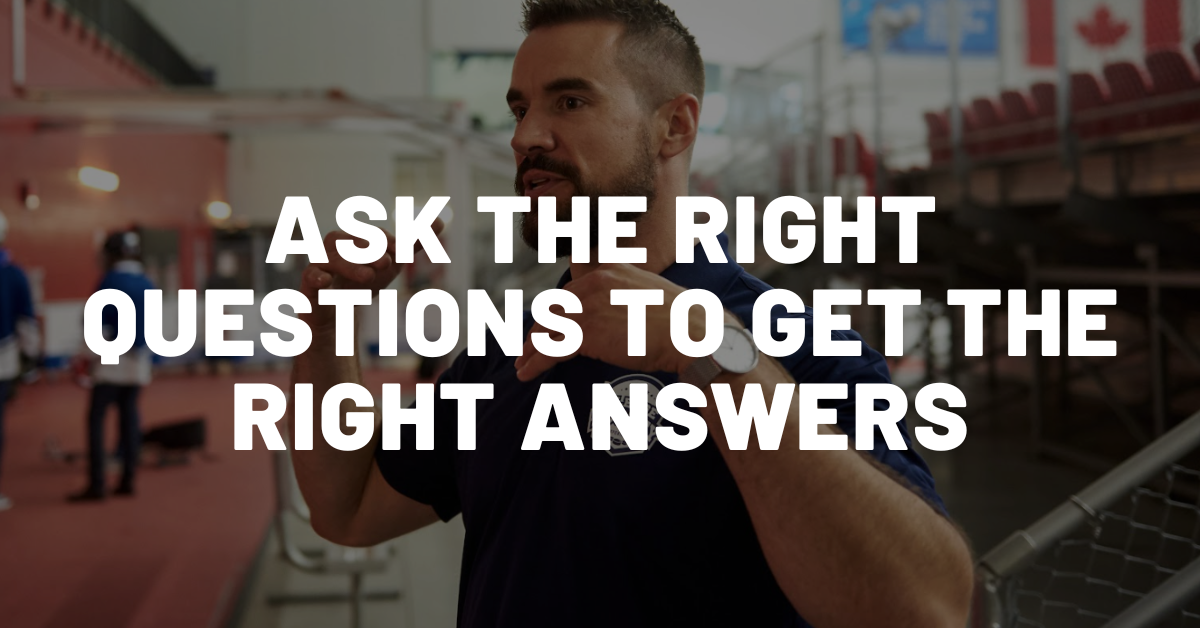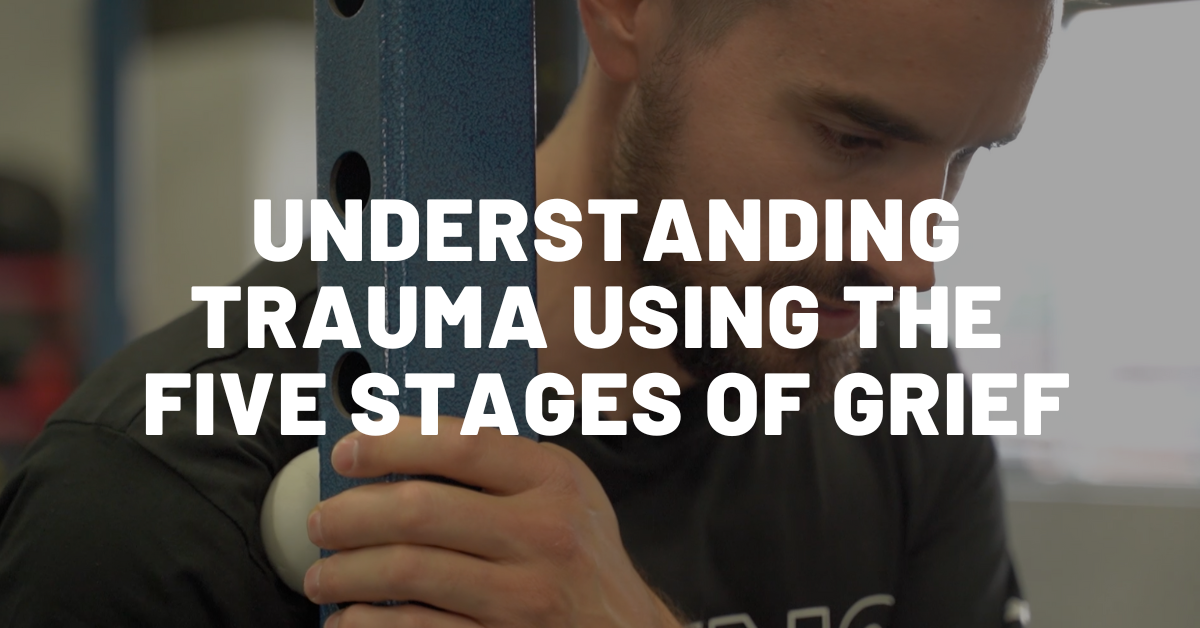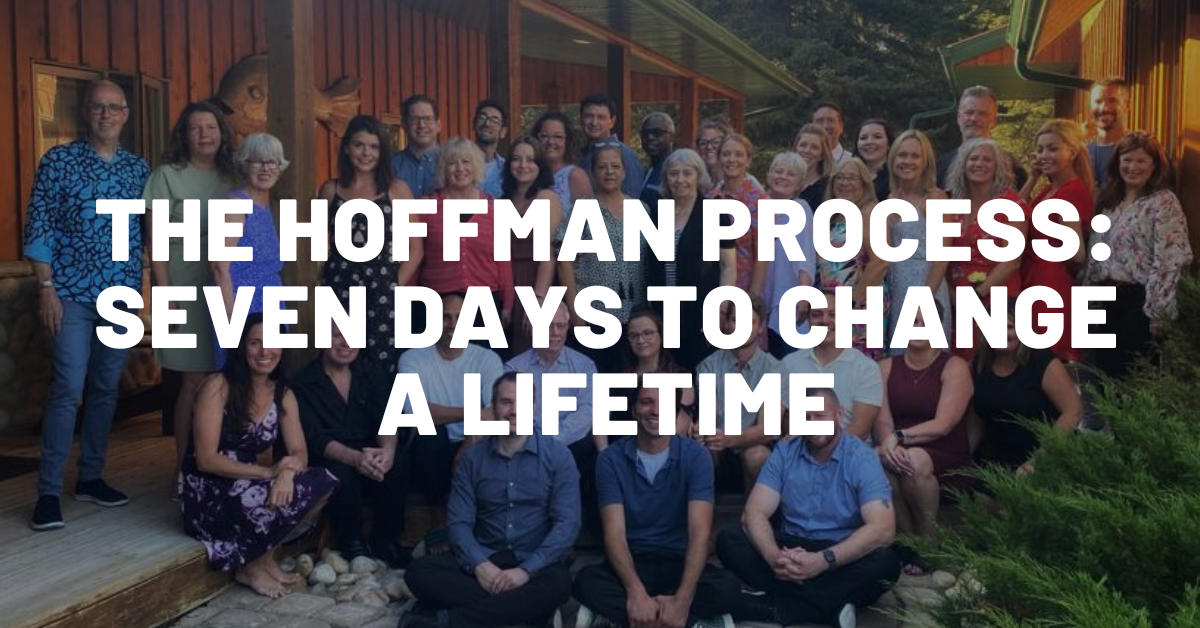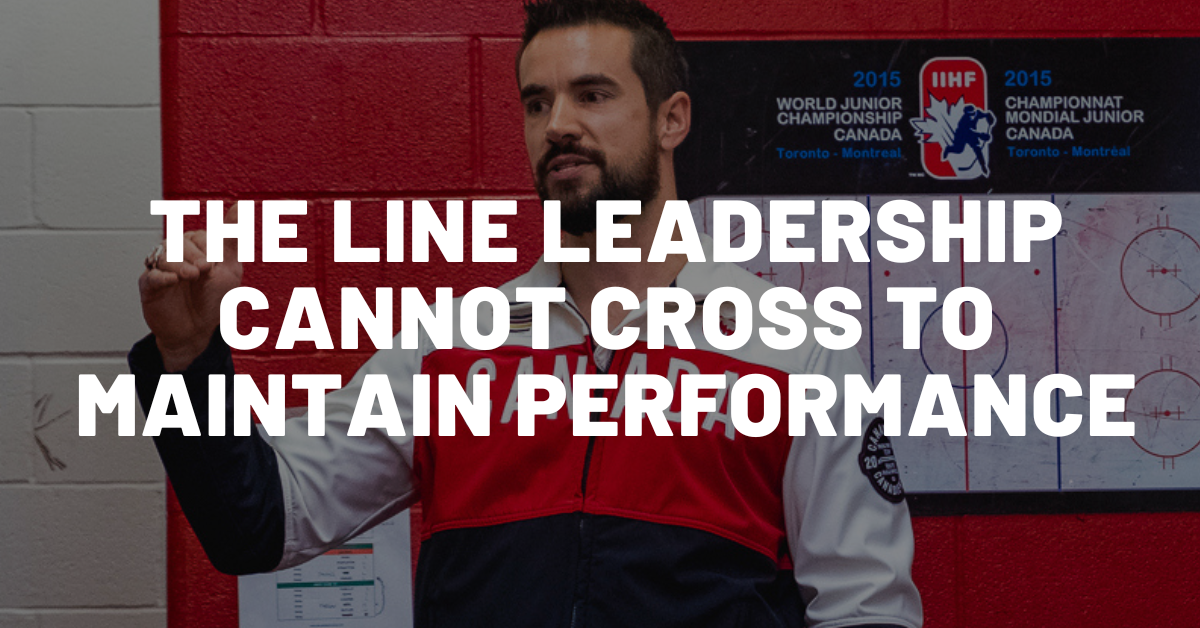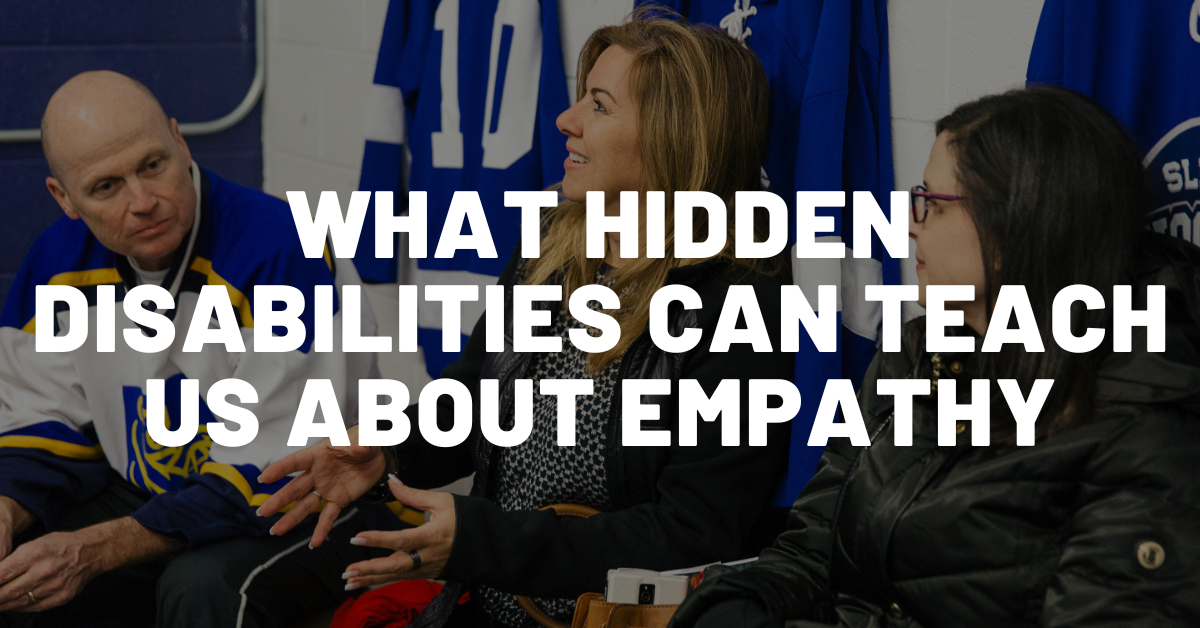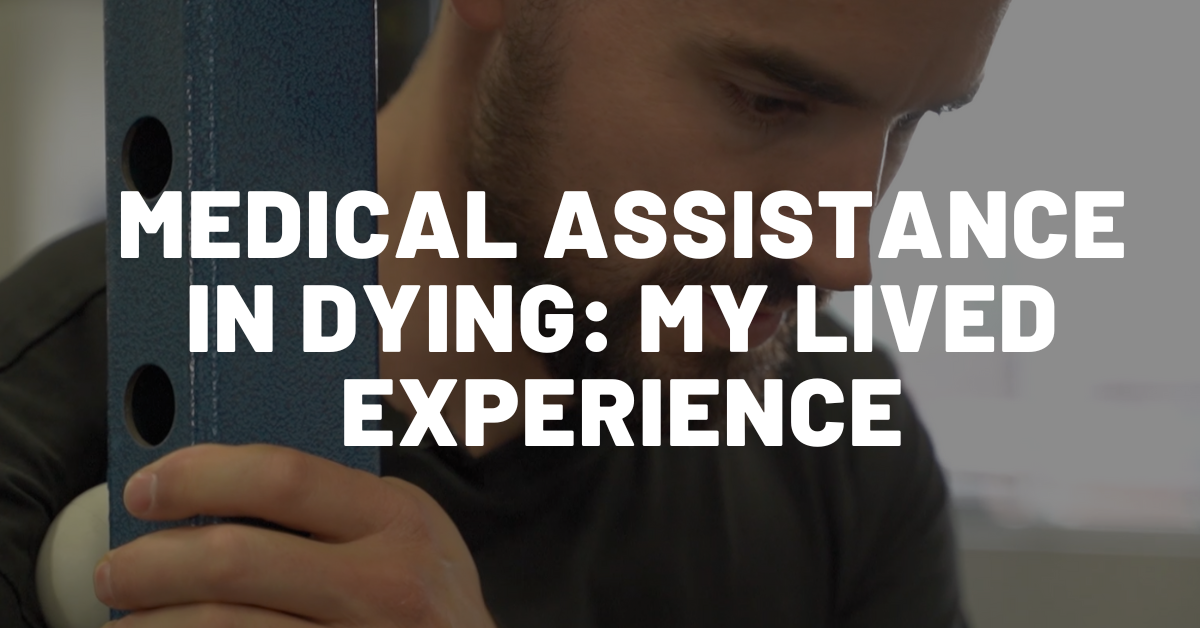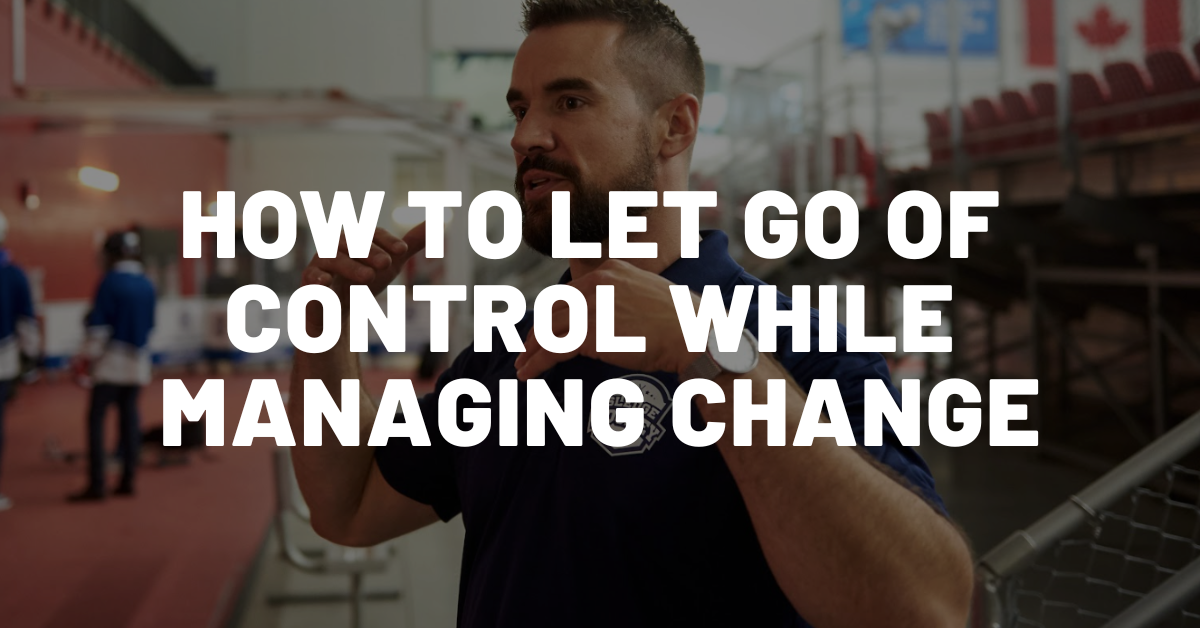(NOTE: This post was originally published on Feb 20, 2018 and has been updated.)
How many times have you been completely frustrated with the day, the week, and maybe even the year?
We’ve all been there at some point where it feels like nothing is going right for us and we don’t know what to do.
We want to pull our hair out.
We want to scream.
Sometimes, we just want it all to end.
The reality, however, is that we know we must keep fighting. We must not quit.
We must keep searching for a way to adopt The Hero Mindset and pick ourselves back up to try and try again, even when it feels like nothing is going right.
When I think back to when I was paralyzed and had to learn how to walk again, there we many times where I felt like nothing was going right.
I would often struggle with taking different medications to help with my muscle spasms, digestion, and anxiety.
I would struggle with physical setbacks like when I had Botox injected into my legs and had to go back in a wheelchair for six months after I had just spent 18 months getting out of it.
I would also struggle with my mental health following the loss of my father by suicide. At times I felt like not matter how hard I tried; nothing was going right.
(NOTE: If you are thinking of suicide, know that suicide is a permanent solution to a temporary problem. If you are in crisis, please call 1-833-456-4566 or text 45645 (within Canada) or 1-800-273-8255 (in USA) for immediate help.)
In my book, Still Standing: When You Have Every Reason To Give Up, Keep Going, I share my deepest and darkest secrets to help you understand what was my thought process when I felt like giving up, and what I said to myself in those moments.
(CLICK HERE to download a free copy!)
However, if you need help to start in shifting your mindset to take control of your life today, here are five quick tips on what to do when nothing is going right.
Just Stop
The first step, is to literally stop what you are doing.
Step back.
Take a deep breath, and breathe…
When we are ‘losing control’, the first thing we often want to do is to ‘grab hold of the steering wheel’ to ‘get control back’.
The challenge with this is that the harder we try; the more things seem to go wrong.
One example I can remember is when I was super frustrated driving one day, I realized that I was hitting all the red lights (which of course only made me more frustrated).
Have you ever had one of those days?
I was constantly frustrated, but finally I said ‘enough is enough!’ and I pulled over. I completely stopped.
When I was sitting on the side of the road, I asked myself, “Why am forcing so many things to happen? Why doesn’t anything seem to be going right?”.
In that moment, I realized that I need to create some space so that I could step back and think.
Coming to a complete stop was one of the best decisions I could do both physically, and mentally. It gave me a moment to slow down, reflect, and pause.
I closed my eyes, took five deep (slow) breaths, and I said to myself “Let go”.
Then I opened my eyes.
Alternatively, you might find benefit using the Headspace or Calm App as another great tool to help you meditate, breathe, and create some space.
When you feel like we are losing control, give yourself a moment to find some clarity rather than relentlessly pushing when nothing is working.
When nothing is going right, the first step is to simply stop and pause.
When nothing is going right, the first step is to simply stop and pause. Share on XTake Inventory
Once you have taken a moment to pause and create some space to further create awareness of where you are and what’s not working, take inventory of where you are today about what isn’t working for you.
(NOTE: If you would like a tool to help you with this, take The Resilience Toolbox Assessment, HERE)
Think about what you need help with.
Is it your physical health? Your mental health? Have you developed poor habits?
The Resilience Toolbox focuses on three key areas: Create Belief, Mental Conditioning, and Self Care.
For some insight, typically self-care is where most people need to start in order to put themselves first to get things back on track. Diet, sleep, and exercise are often what first start to go when life gets challenging, and these areas impact your decision making in all other areas of your life.
When I went through post-Olympic depression, these three areas were where I focused on to start to get my life back on track.
One tool I created a tool to help Turn Depression Around is called Spiral Up, Not Down, to help you retrace your steps to see where things may not be going right for you and where you need to start to get things back on track.
When nothing is going right, the second step is to take inventory and gain perspective on where you need help.
When nothing is going right, the second step is to take inventory and gain perspective on where you need help. Share on XFocus on Fundamentals
Now that you have created some space and identified what might be your next step, think about what fundamentals you can focus on.
Don’t try and ‘fix’ everything at once. Identify what key areas you can focus on that will give you a strong foundation to pull things together and ‘get back on track’.
For example, perhaps you are stuck in a negative mindset about your situation which can stem from a number of things.
As an example, it could come from consuming too much negative news in the media or surrounding yourself with negative people. If so, can you be more deliberate in what you consume? Can you start to create space among people who are dragging you down or don’t support you?
Going back to self-care, which area will help you find the energy you are looking for so that you have the stamina to take on difficult tasks? Can you start to practice better evening habits and go to bed sooner, instead of staying up late on electronic devices?
Can you look at your schedule and begin to set and maintain personal and professional boundaries to further create space in your calendar to have time to think and put yourself first?
(NOTE: If you are looking for a keynote or workshop on this topic, check out this workshop titled Boundaries & Burnout: How To Take Control)
Can you call a friend who would be a great accountability partner and ask them to join you for an outdoor walk or a hike?
Personally, I have fallen in love with hiking as it gives me a local destination to look forward to and helps me get outside of my house. I use the All Trails app and just open it up, pick a trail and go!
When nothing is going right, focus on the foundation of your wellbeing first to help you find the physical and mental energy to get back on track.
When nothing is going right, focus on the foundation of your wellbeing first to help you find the physical and mental energy to get back on track. Share on XIdentify One Thing
In The Hero Mindset keynote, I always share one of my biggest lessons from learning how to walk again.
Without going into too much detail, what I can share with you here is that it all began by taking things one toe, or one step at a time.
What do I mean by that?
Well as you can imagine, learning how to walk again wasn’t an overnight process. I had to start somewhere, and for me, that somewhere was to first try to wiggle just one toe.
When I finally did that, my goal then became to wiggle another toe. Then eventually an ankle, then my other ankle, and slowly but surely I was able to get back on my feet and have ever since been walking again.
Following this, I learned about Gary Keller’s book titled The ONE THING: The Surprisingly Simple Truth Behind Extraordinary Results.
In the book, Gary challenges us all to ask the question “What’s the ONE THING I can do, such that by doing it everything else will become easier or unnecessary?”.
For me, that one thing was to wiggle just one toe. By moving one toe first, that gave me hope to be able to move another toe, making the next step that much easier.
Moving one toe first was my one thing.
What’s that ONE THING for you?
Maybe it means getting your diet in order. That will help you feel better by eliminating food that makes you feel lethargic.
Perhaps it means writing your goals down. Get clear on all that you have to do first, and then look at your list identifying your top three priorities and your ONE THING that will make everything else easier or unnecessary.
It could be that you need to reach out and ask for help. We often get in our own way of seeking the help that we need.
When nothing is going right, identify the one thing that will help everything else become easier or unnecessary.
Take Action Today
The final step to help get you moving forward today is that you must take action.
It’s so easy to get stuck in a rut and feel like there is no way out, that there’s no use trying, and that you don’t know what to do.
When I reflect on all of the tools I have used over the years, unknowingly they were all focused around Cognitive Behavioural Therapy (CBT) techniques which focus on three key areas: Thoughts, Feelings, and Behaviours.
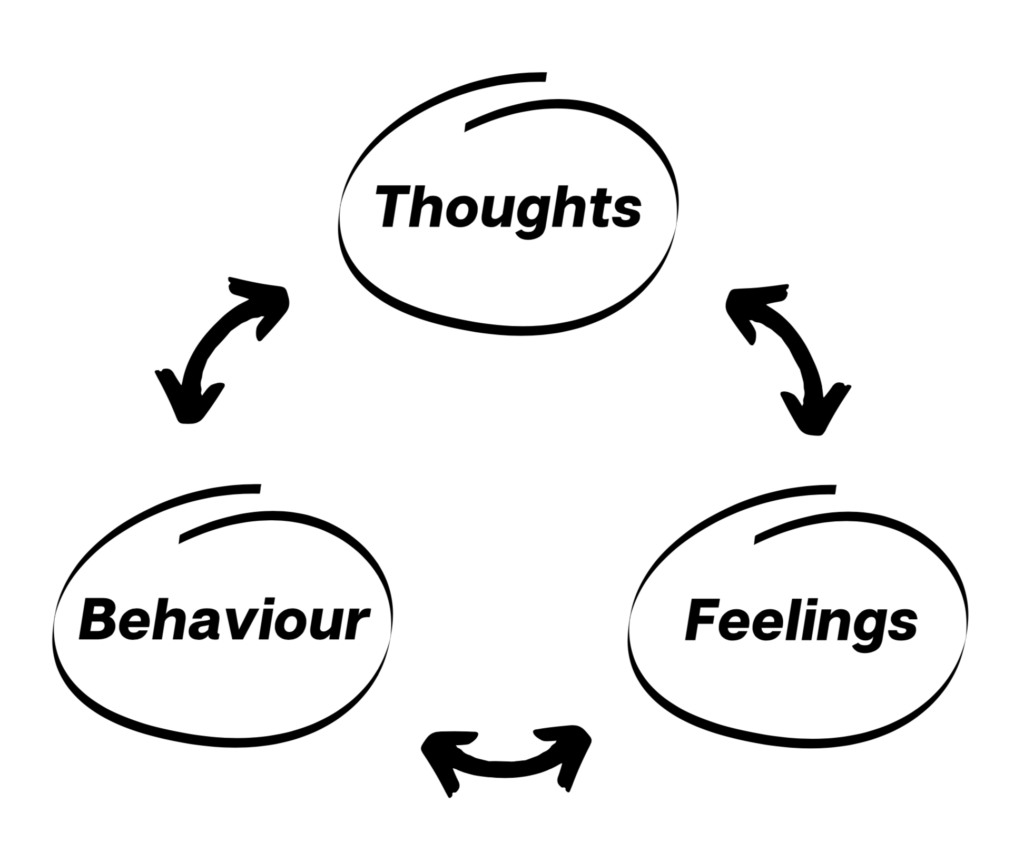
The best part about this is that just as The Resilience Toolbox incorporates, we can start anywhere inside of this process to help create change.
We can start with our thoughts (a.k.a. The Hero Mindset) to help influence our behaviour.
We can start with our behaviour (like going running) to help us feel better and improve our thoughts.
We can influence our feelings by taking action even when we don’t feel like it, and from that we influence our thoughts because we just did something that was hard and difficult.
The goal is to get started and start to build some momentum.
When I coach individuals and teams, the is to help you find that next right step to get you moving in the right direction, and then support you along the way.
When nothing is going right, start somewhere, and take action today.
In Conclusion
I know what it feels like when nothing is going right. We’ve all been there.
It can be discouraging, frustrating, debilitating, and even at times feel hopeless.
The good news is that what you are experiencing today is only temporary. It’s not permanent.
When nothing is going right, it may take some time to get yourself back on track to where you feel ‘on top of things’, but as one of my favourite speakers of all time, Jim Rohn, once said:
“You can’t change your destination overnight, but you can change your direction.”
Jim Rohn
When nothing is going right, start with these five steps mentioned above, and you too can become a hero in your own movie.
—
Enjoyed this article? Here are 3 more articles to help you succeed:
How To Say “No” And Maintain Your Boundaries
The Power of Saying “No” For Your Mental Health
Life Doesn’t Give You What You Want, Life Gives You What You Need
—
Whenever you are ready here are the 3 best ways I can help you:
- Get a FREE copy of my autobiography, Still Standing: When You Have Every Reason to Give Up, Keep Going (here)
- Looking for a speaker for your next event? Watch Kevin’s keynote reel on The Hero Mindset (here)
- Interested in team building? Come play and and learn more about the Sledge Hockey Experience (here)

